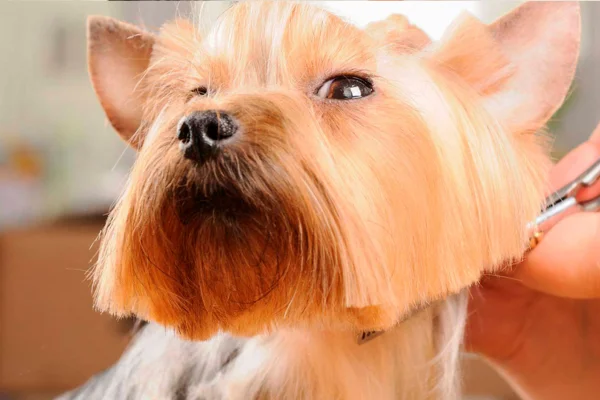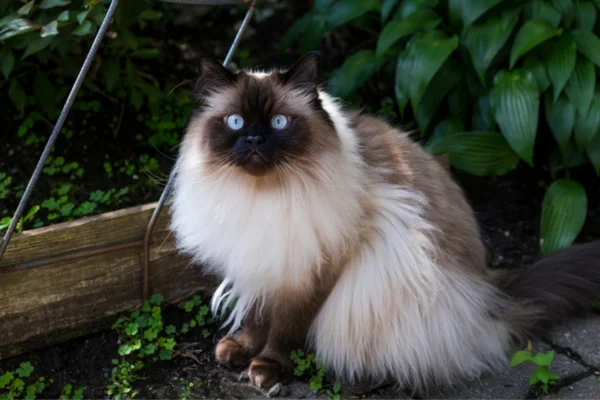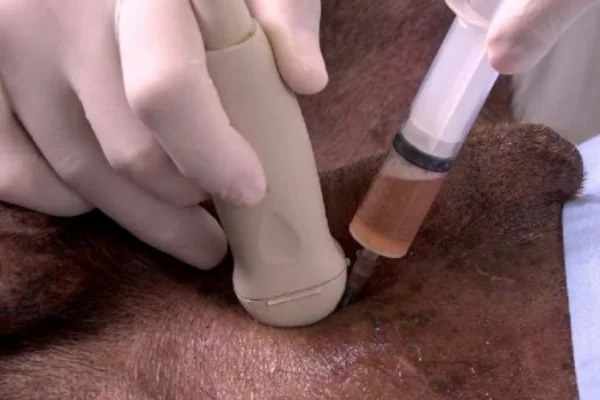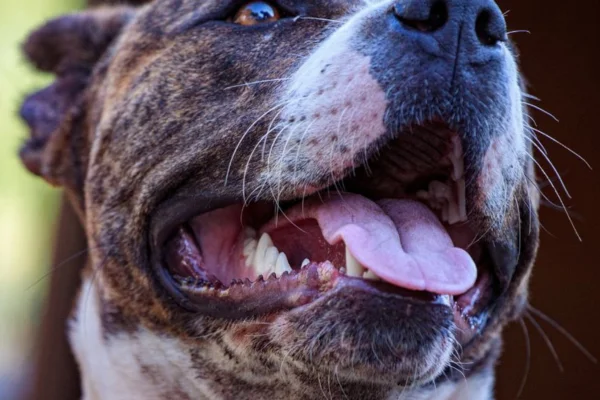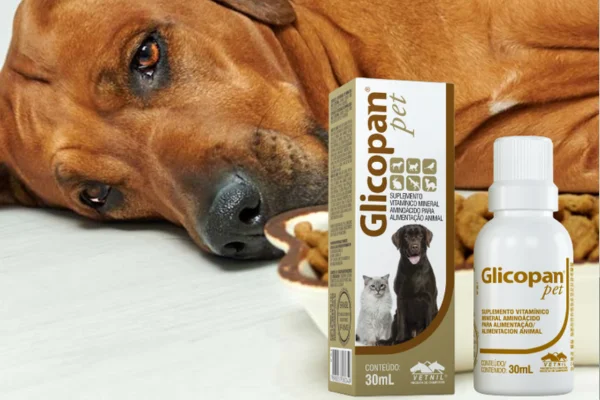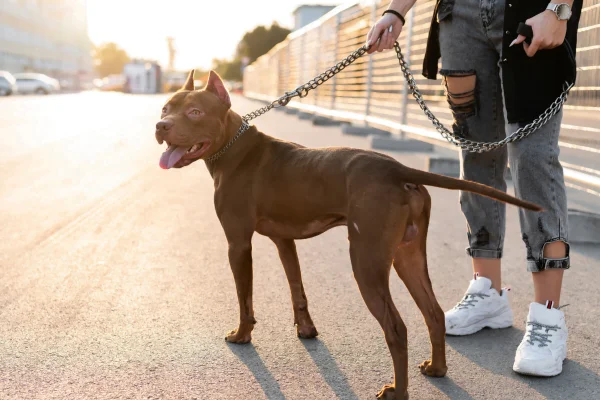Do you know what Trimming is?
Understanding the Art and Benefits of this Technique for Your Dog
When it comes to dog grooming, many owners are puzzled by the different terms and techniques involved in maintaining our furry friends' coats.
One such term that often comes up is "trimming". But what exactly is trimming, and how can this technique benefit your dog?
In this article, we'll explore the concept of trimming, its benefits, and how it differs from other grooming techniques.
Contents
What is Tosa Trimming?
Trimming is a dog grooming technique that involves a specific style of grooming.
Unlike traditional grooming, which can be shorter and more uniform, trimming is a more detailed process that aims to maintain the natural texture of the dog's coat, as well as shaping and contouring the coat according to the breed standard or the owner's wishes.
This technique is often used on dog breeds with longer or denser coats, such as the Cocker Spaniel, Irish Setter and Poodle.
The main aim of trimming is to preserve the natural texture and structure of the hair, preventing it from looking artificial or exaggeratedly cut.
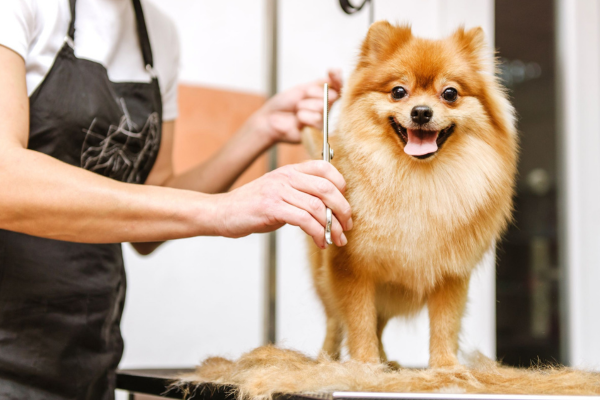
The Difference Between Trimming and Traditional Trimming
People often confuse trimming with traditional grooming, but there are important differences between the two techniques. Traditional grooming usually involves using machines to cut the hair to a uniform length, while trimming uses hand tools, such as scissors and razors, for a more detailed and aesthetic finish.
Trimming is more focused on maintaining the natural shape of the coat than simply trimming it.
This means that the professional needs to have a good knowledge of the structure of the breed's coat and a precise ability to ensure that the end result is in line with the standards set for the breed or the personal preferences of the groomer.
Benefits of Trimming
The trimming technique offers several benefits for both the dog and the groomer. Let's explore some of the main ones:
- Preservation of the natural texture of the hairUnlike traditional grooming, which can alter the texture of the coat, trimming maintains the original structure, ensuring that the coat remains healthy and natural-looking.
- Improved aesthetic appearance: Trimming allows for a more refined and aesthetically pleasing finish, suitable for shows or for those who simply want their dogs to look impeccable.
- Dog comfort and health: Keeping the coat well-groomed and at the right length can help prevent skin problems and discomfort caused by tangled or dirty hair. In addition, trimming helps prevent the formation of knots and tangles, which can cause skin irritations.
- Adaptability to the seasons: The trimming technique can be adjusted according to the dog's seasonal needs. During the summer, for example, trimming can be done to make the coat lighter and more breathable, while in the winter, it can be kept a little longer to offer additional protection against the cold.
How does the Trimming Process work?
The trimming process begins with a careful analysis of the dog's coat. The professional needs to understand the texture, density and length of the coat to determine the best approach. Here is a summary of how trimming is usually carried out:
- Preparation: The dog is first bathed and dried to ensure that the coat is clean and tangle-free. A clean coat makes the job easier and guarantees a more precise finish.
- Hair EvaluationThe professional assesses the condition of the hair and determines which areas need more attention. This includes identifying any knots or tangles that need to be removed before trimming.
- TrimmingUsing scissors, razors and other specialized tools, the professional begins to shape and trim the coat according to the breed standard or the owner's preferences. Trimming is done carefully and meticulously to ensure that the end result is as natural and aesthetic as possible.
- FinishingAfter trimming, the dog is again brushed and checked to make sure there is no loose hair or areas that are not well trimmed. Some breeds may require additional finishing, such as defining the ears or shaping the paws.
Tips for Choosing a Trimming Professional
Choosing a good professional to carry out trimming is essential to ensure that your dog receives the best possible care. Here are some tips to help you choose:
- Experience and Specialization: Look for a groomer who has experience with your dog's breed and specializes in trimming. Experience is crucial to ensure that trimming is done correctly.
- References and EvaluationsCheck references and reviews from other customers. This can give you an insight into the quality of the work and the satisfaction of previous clients.
- Equipment and EnvironmentMake sure the professional uses appropriate tools and maintains a clean and safe environment for your dog. The quality of the equipment and hygiene are important for the animal's health and well-being.
- CommunicationA good groomer must be able to communicate clearly about what will be done and listen to the tutor's preferences. Open communication helps ensure that both are aligned on expectations.
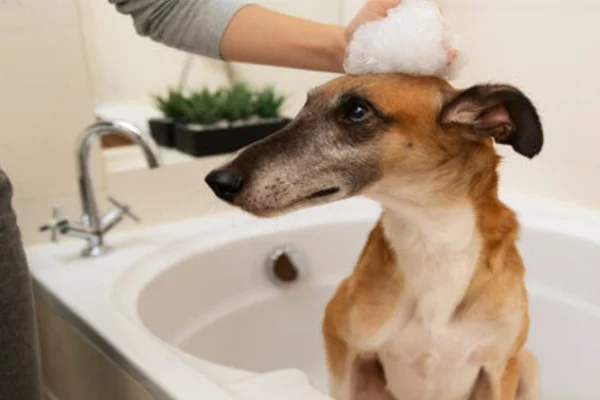
Coat maintenance at home
In addition to professional trimming, it's important to keep your dog's coat in good condition between visits to the groomer. Here are some tips to help with coat maintenance at home:
- Regular brushingBrushing your dog's coat regularly helps to remove loose hair and prevent knots and tangles from forming. The frequency of brushing can vary depending on the breed and type of coat.
- Proper bathing and dryingBathing your dog as needed and ensuring that the coat is completely dry after bathing is essential to avoid skin problems and keep the coat healthy.
- Checking for Skin ProblemsDuring brushing and bathing, take the opportunity to check your dog's skin for signs of irritation, infection or parasites. Any problems should be treated promptly to avoid complications.
- Moisturizing the hairFor dogs with drier coats, the use of specific conditioners can help keep the coat soft and shiny. Consult your vet for recommendations on suitable products.
Conclusion
Trimming is a specialized technique that offers several benefits for the care of your dog's coat. By preserving the natural texture of the coat and offering an aesthetic finish, trimming not only improves your dog's appearance, but also contributes to his comfort and health. Choosing a qualified professional and keeping the coat in good condition between visits to the groomer are important steps in ensuring that your furry friend is always well looked after.
If you haven't tried trimming yet, consider giving it a go and see how this technique can transform your dog's appearance and well-being. Remember that each breed and dog has its own specific needs, and trimming can be an excellent way of meeting these needs with a touch of style and care.
I hope this article has cleared up your doubts about what trimming is and how this technique can benefit your dog. If you have any further questions or need more information, don't hesitate to seek the help of a specialized groomer or veterinarian.
Thank you for visiting us and check out our other work

